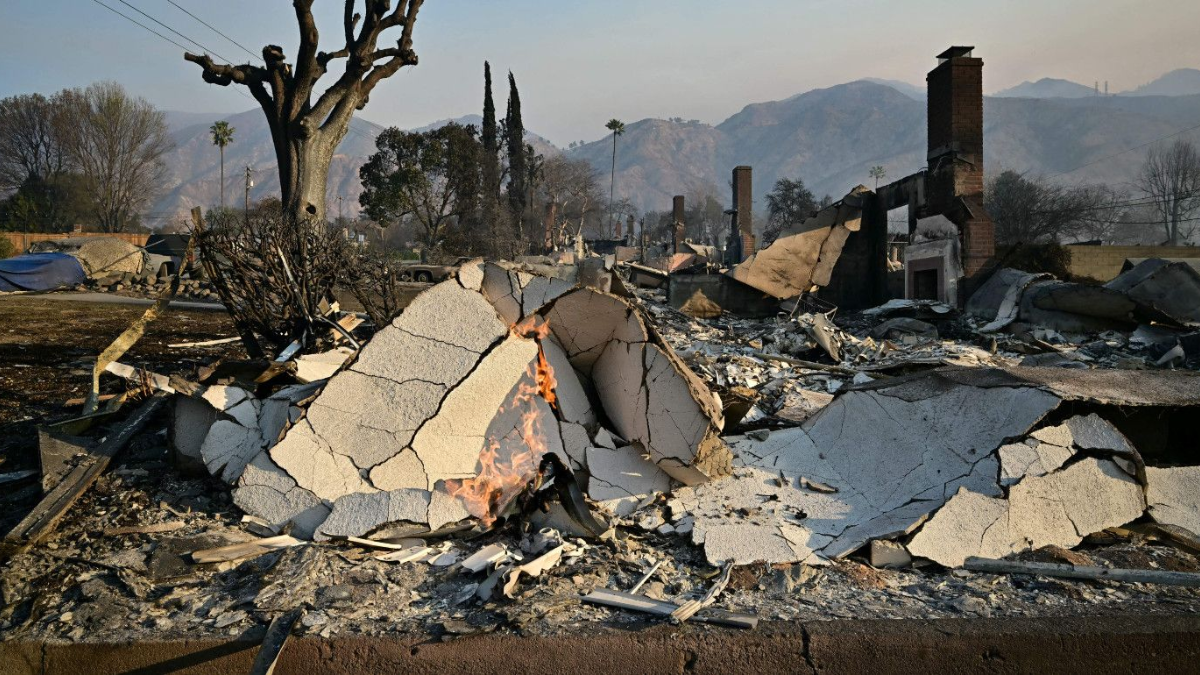California’s breathtaking landscapes often mask the state’s vulnerability to natural disasters. With wildfires, earthquakes, droughts, and floods posing recurring threats, the need for a shift from reactive disaster management to proactive prevention has never been more urgent. While reactive strategies address immediate crises, a preventive approach could save lives, reduce costs, and ensure a more resilient future.
Why Reactive Strategies Fall Short
California’s reliance on reactive disaster management has proven costly and insufficient. Emergency responses, financial aid, and rebuilding efforts come with significant economic and social impacts. According to the California Office of Emergency Services (Cal OES), disaster recovery expenditures amount to billions of dollars annually. However, these measures often fail to address root causes, leaving communities vulnerable to repeated devastation.
Wildfires serve as a prime example. Every year, California spends millions combating wildfires, yet underlying issues like overgrown forests and climate change remain inadequately managed. This cycle highlights the limitations of reactive responses and the pressing need for preventive measures.
The Benefits of a Preventive Approach
Adopting a preventive strategy involves identifying risks and mitigating them before disasters strike. This proactive method offers numerous advantages:
- Cost Savings
- FEMA estimates that every dollar invested in disaster mitigation saves approximately $6 in recovery costs.
- Preventive measures reduce the financial burden of emergency services and rebuilding efforts.
- Enhanced Community Resilience
- Proactive initiatives strengthen infrastructure and community preparedness, minimizing disruption during disasters.
- Education and awareness campaigns empower residents to take preventive actions.
- Environmental Protection
- Sustainable land management practices, such as controlled burns, reduce wildfire risks and preserve ecosystems.
- Wetland restoration and stormwater management mitigate flood impacts.
Key Preventive Measures
California can focus on the following areas to build a robust preventive framework:
- Wildfire Mitigation
- Expand controlled burns and vegetation management programs to reduce wildfire fuel.
- Implement stricter building codes in fire-prone areas, ensuring structures are more resilient.
- Earthquake Preparedness
- Upgrade infrastructure, such as bridges and buildings, to meet seismic safety standards.
- Enhance early warning systems to provide critical time for protective actions.
- Flood Prevention
- Strengthen levee systems and invest in advanced stormwater infrastructure.
- Restore natural floodplains and wetlands to act as barriers against flooding.
- Climate Change Adaptation
- Promote renewable energy and sustainable practices to address climate-related risks.
- Encourage water conservation measures to combat prolonged droughts.
Addressing Challenges to Implementation
Despite the clear benefits, implementing preventive measures involves several obstacles:
- Funding Limitations
- Upfront investments can be costly, requiring creative financing and public-private partnerships.
- Political Hurdles
- Policymakers often prioritize immediate results over long-term solutions, delaying necessary actions.
- Public Engagement
- Raising awareness and fostering community support are critical to the success of preventive initiatives.
Success Stories in Prevention
Some California regions have already demonstrated the effectiveness of preventive strategies:
- San Francisco’s Seismic Retrofits
- The city’s mandatory seismic upgrades for vulnerable buildings have significantly reduced earthquake risks.
- Lake Tahoe’s Forest Management
- Proactive measures, including controlled burns, have lowered wildfire intensity and safeguarded communities.
A Call to Action
California’s recurring natural disasters highlight the urgency of prioritizing prevention over reaction. While challenges exist, the long-term benefits of a preventive approach far outweigh the initial costs. By investing in mitigation strategies, California can protect its residents, preserve its natural beauty, and create a more resilient future.
For more information on disaster prevention strategies, visit FEMA’s Mitigation Division.
Disclaimer – Our team has carefully fact-checked this article to make sure it’s accurate and free from any misinformation. We’re dedicated to keeping our content honest and reliable for our readers.









